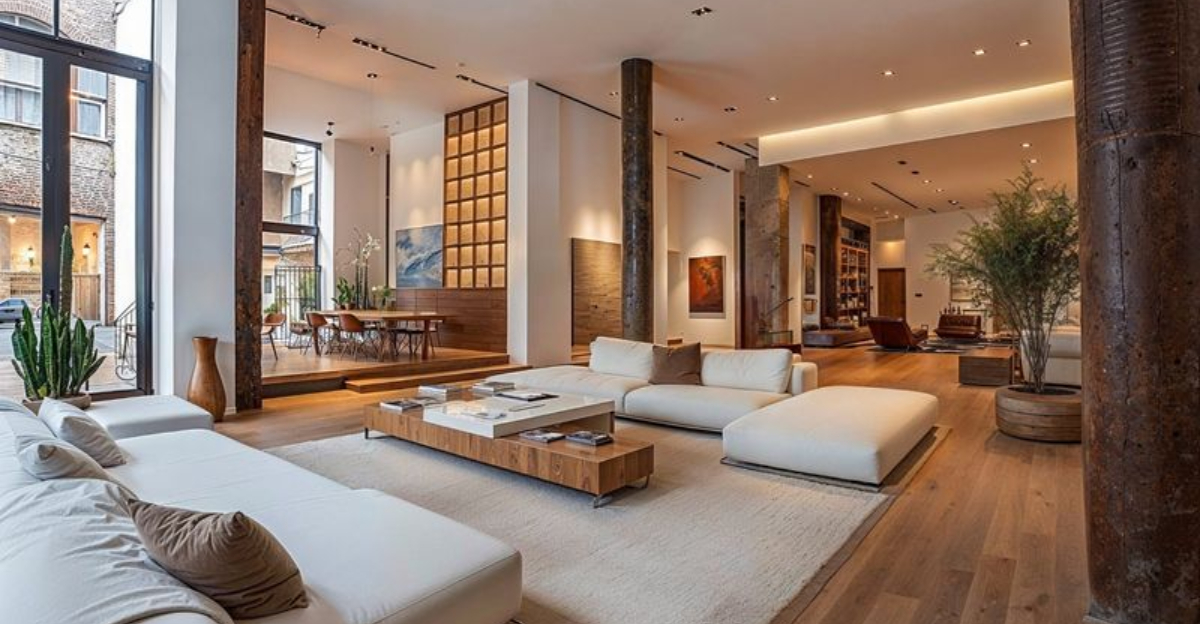Ever wonder what sets apart the homes of the ultra-wealthy from average households? As someone who’s worked with high-profile clients for years, I’ve noticed clear patterns in what these luxury spaces avoid.
The difference often lies not in what they include, but what they deliberately exclude from their carefully curated environments.
1. Overly trendy furniture pieces
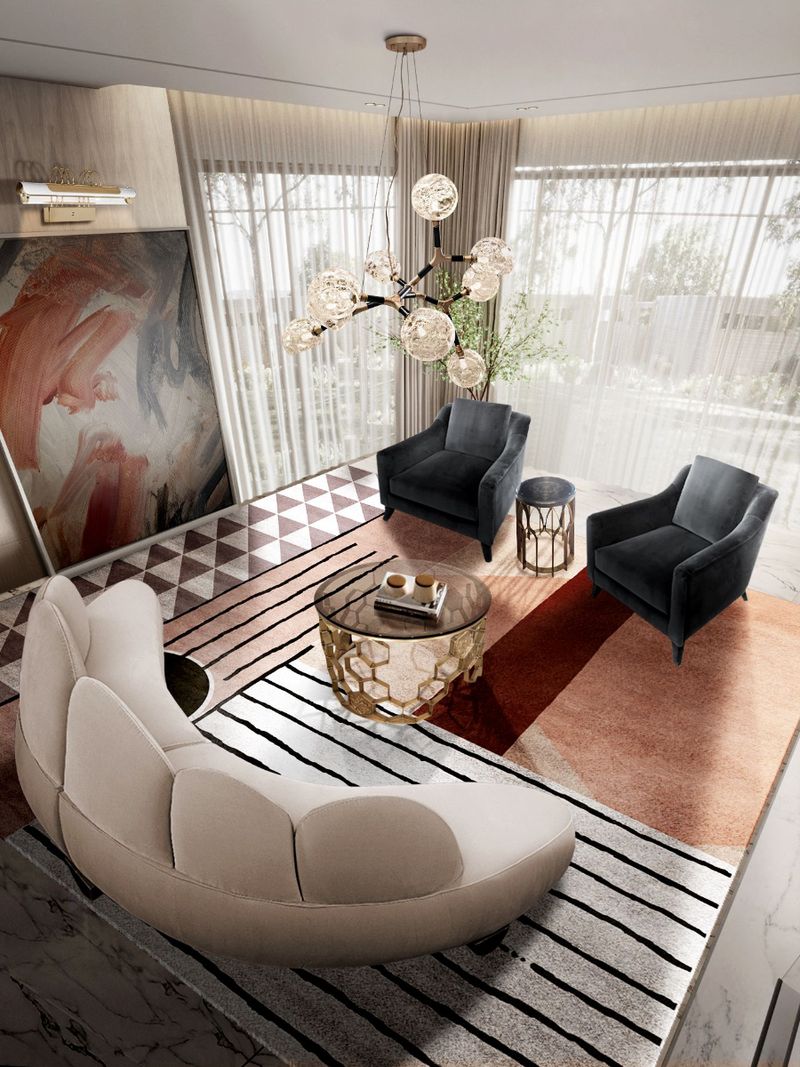
Fashion-forward doesn’t mean following every passing fad. Wealthy homeowners invest in timeless, high-quality pieces that won’t look dated next season.
Money talks through permanence, not fleeting styles. Classic designs with subtle contemporary touches create that perfect balance of relevant yet enduring appeal that maintains value for decades.
2. Excessive clutter or knickknacks
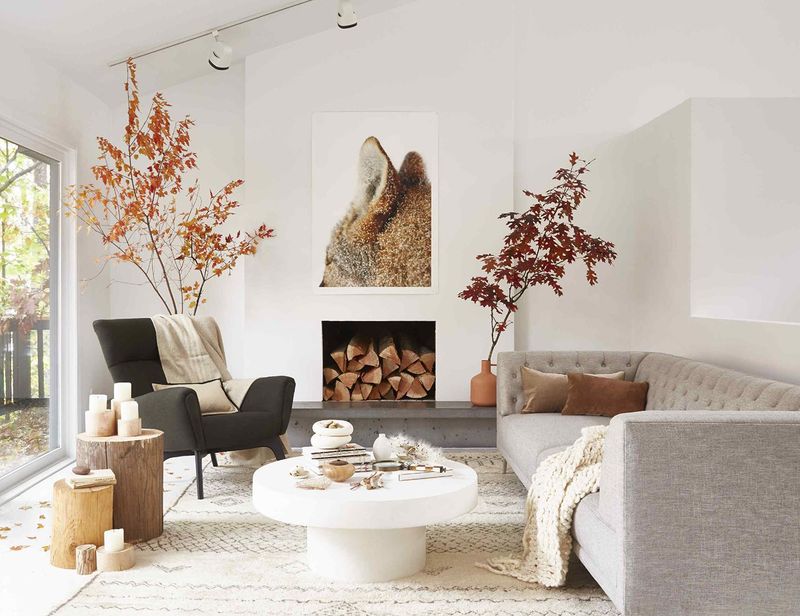
Space equals luxury in wealthy homes. You won’t find shelves crammed with random souvenirs or surfaces covered in decorative trinkets.
Instead, carefully selected statement pieces stand alone, given room to breathe and be appreciated. Everything isn’t meant to compete—affluent homeowners understand this minimalist philosophy intuitively.
3. Cheap or flimsy materials
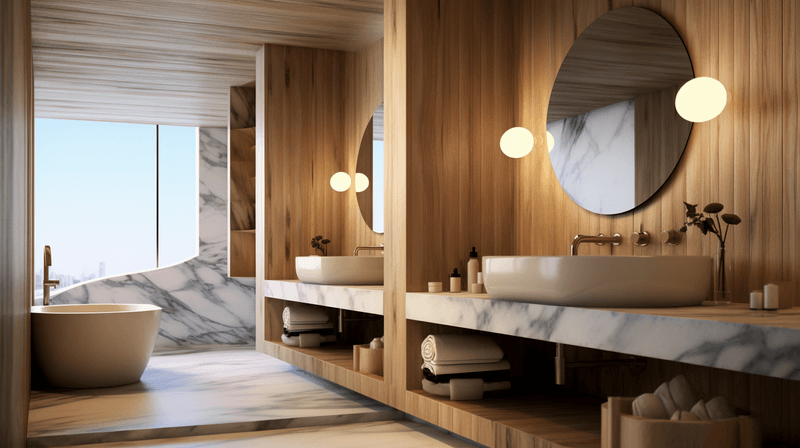
Quality materials speak volumes without saying a word. Wealthy clients insist on authenticity – real wood, natural stone, and genuine metals throughout their spaces.
Veneer and laminate? Absolutely not in these homes. Even in less visible areas like closet interiors or drawer bottoms, compromise on material quality simply doesn’t happen where true luxury is concerned.
4. Loud, clashing color schemes
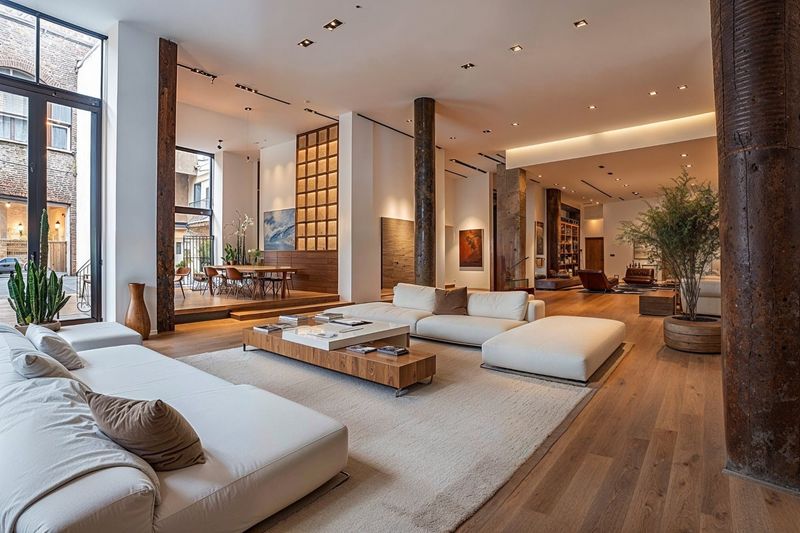
Subtlety reigns supreme in upscale residences. Rather than jarring combinations or overly bright hues, sophisticated palettes create harmonious environments that feel intentional and calming.
Color appears through carefully chosen art or accent pieces against neutral backgrounds. Wealthy clients who embrace bold color do so with exceptional restraint and purpose, never applying it haphazardly.
5. Generic mass-produced art
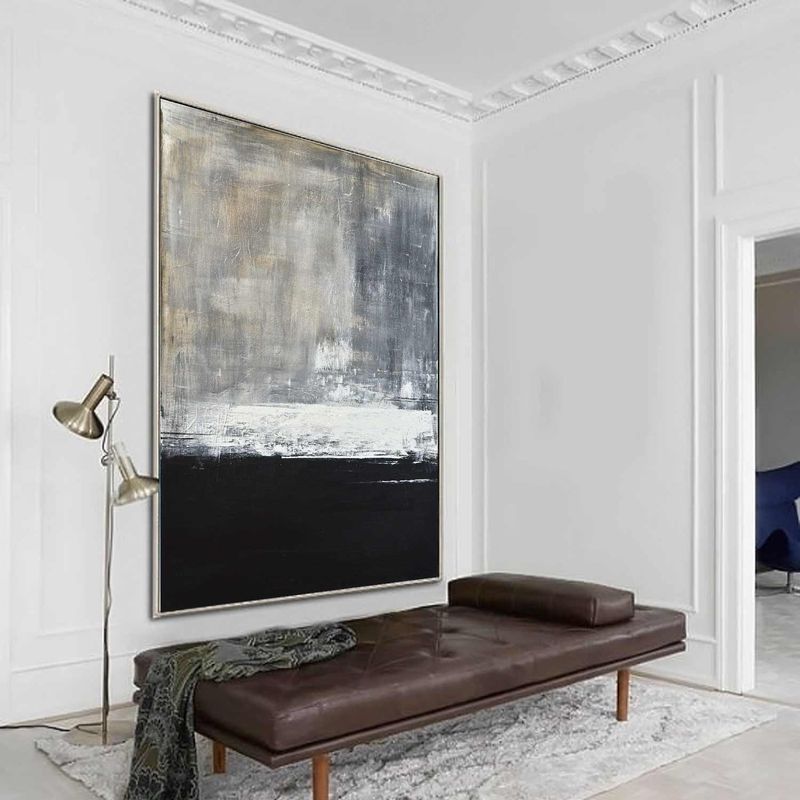
Walk into a luxury home and you’ll never spot mass-produced prints from big box stores. Affluent homeowners curate original artwork or limited-edition pieces with provenance and personal meaning.
Art collections tell stories about the residents – their travels, values, and aesthetic sensibilities. Even in secondary spaces, quality trumps quantity, with each piece thoughtfully selected rather than purchased to fill wall space.
6. Plastic or vinyl upholstery
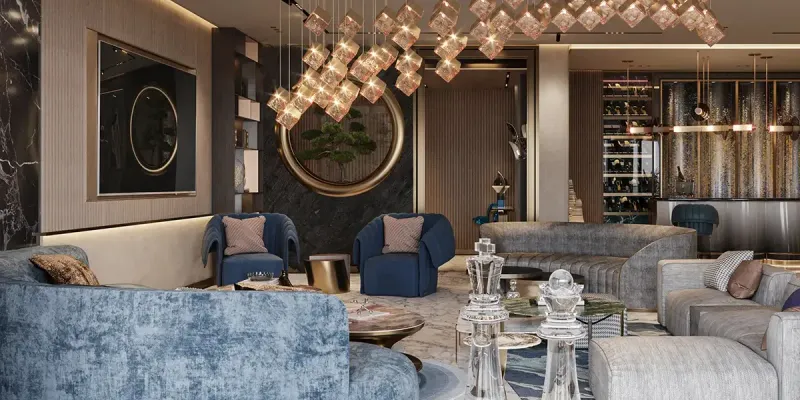
Luxurious natural fabrics define high-end interiors. Cashmere, silk, mohair, and fine wool upholstery create tactile experiences synthetic materials simply cannot replicate.
Performance fabrics have evolved tremendously, allowing even homes with children to enjoy beautiful textiles without fear. For durability concerns, wealthy clients opt for high-end performance linens or specially treated natural fibers rather than plastic-based alternatives.
7. Outdated technology
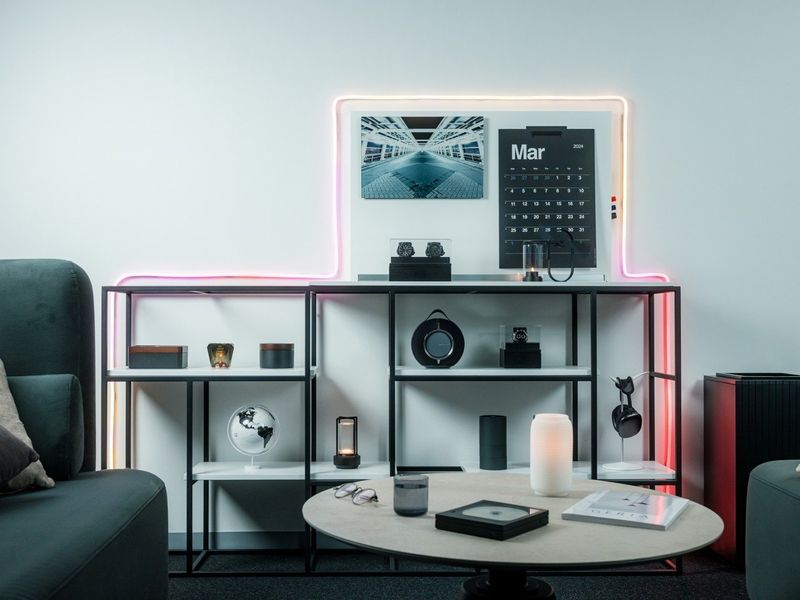
Seamless integration defines technology in luxury homes. Forget visible gaming consoles or tangled entertainment systems – everything disappears into custom millwork or dedicated rooms.
Smart home systems control everything from climate to security, yet remain invisible to guests. Unlike average households where technology gets replaced when broken, wealthy homeowners regularly upgrade to maintain cutting-edge functionality while preserving the timeless aesthetic of their spaces.
8. Low-quality window treatments
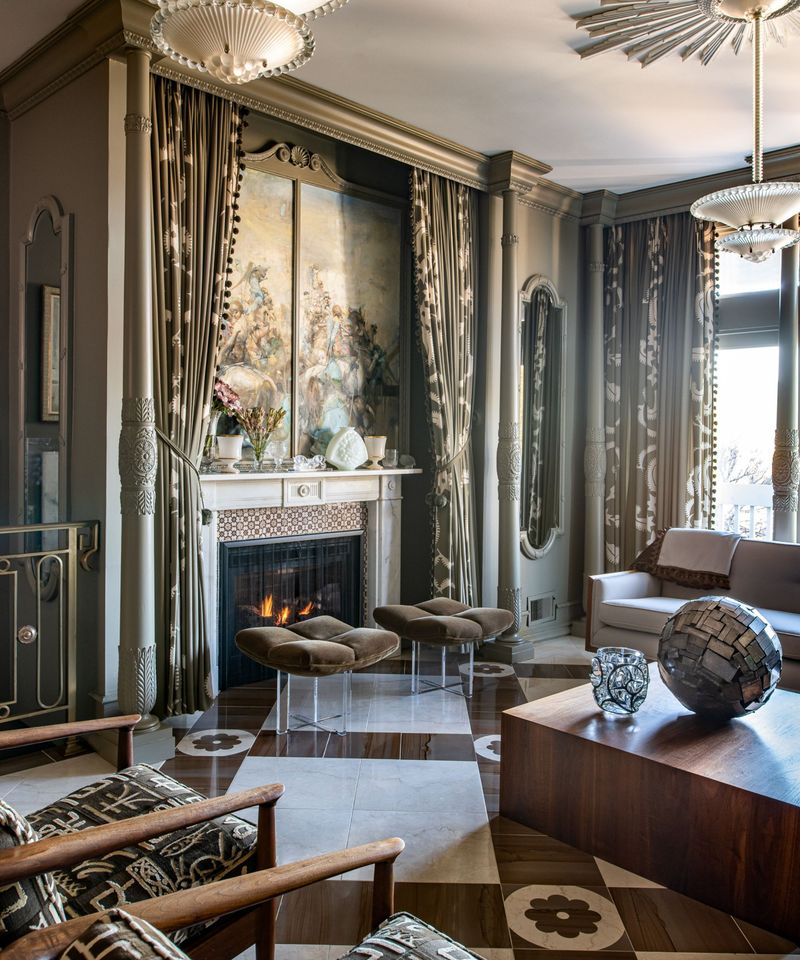
Forget off-the-shelf blinds or basic curtain panels. Luxury homes feature custom drapery with hand-sewn details, motorized systems, and bespoke hardware that complements the architecture.
Window coverings in wealthy homes function as both practical solutions and design statements. Multi-layered treatments provide light control, privacy, and insulation while maintaining perfect proportions that frame views like living artwork.
9. Overuse of synthetic fragrances
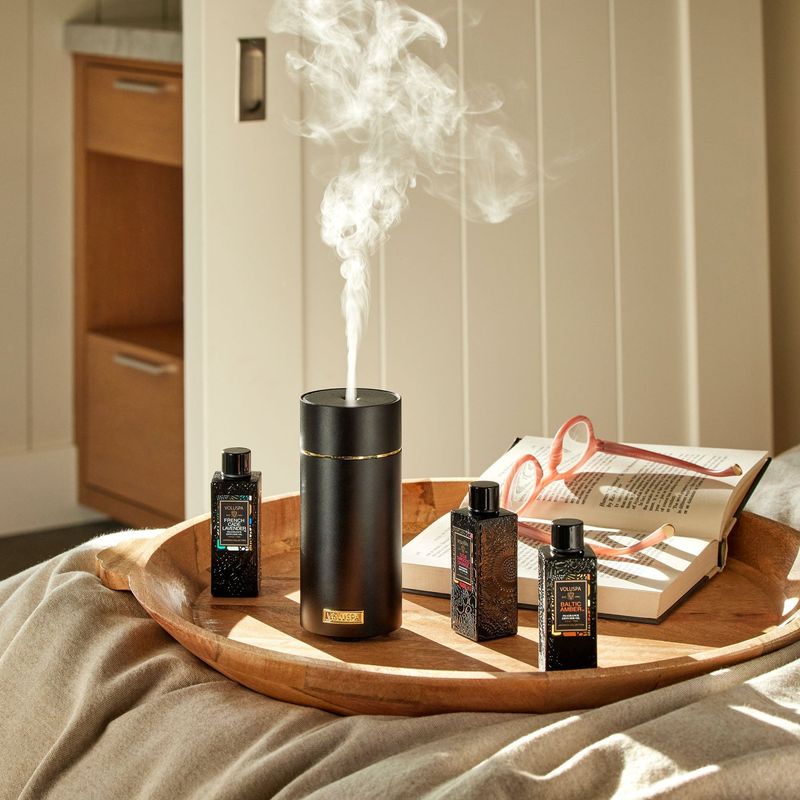
Artificial plug-ins and mass-market scented candles? Never in luxury homes. Wealthy clients prefer subtle, natural fragrances from high-end diffusers, fresh flowers, or bespoke scents created specifically for their spaces.
Scent layering occurs thoughtfully, often changing seasonally. Many elite interior designers collaborate with perfumers to develop signature home fragrances that complement the design and reflect the homeowner’s personality without overwhelming visitors.
10. Inconsistent design themes
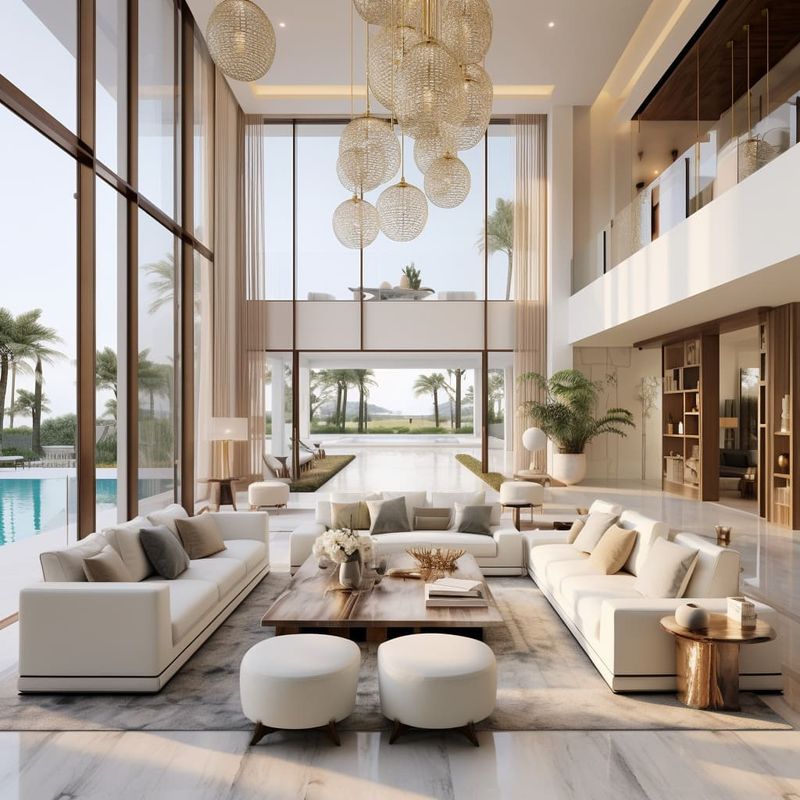
Cohesion defines luxury interiors. While wealthy homeowners embrace eclectic elements, they’re masterfully integrated through consistent color stories, materials, or architectural details that flow throughout the home.
Moving between rooms feels like turning pages in the same beautiful book. Professional designers create subtle transitions between spaces, ensuring that even homes with diverse design influences maintain an underlying harmony that feels intentional rather than accidental.
11. Visible cables and wires
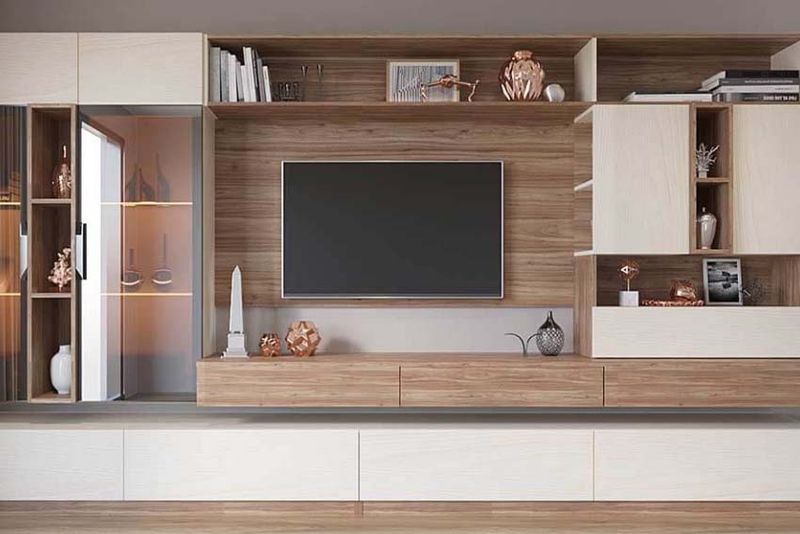
Meticulous planning eliminates technological eyesores in luxury homes. Charging stations hide within drawers, while entertainment systems disappear behind custom panels or art pieces.
Wealthy homeowners invest in infrastructure during construction or renovation, creating pathways for wiring that remain completely hidden. Even temporary setups maintain this standard – portable chargers and wireless solutions prevent unsightly cords from disrupting the carefully designed aesthetic.
12. DIY home projects lacking polish
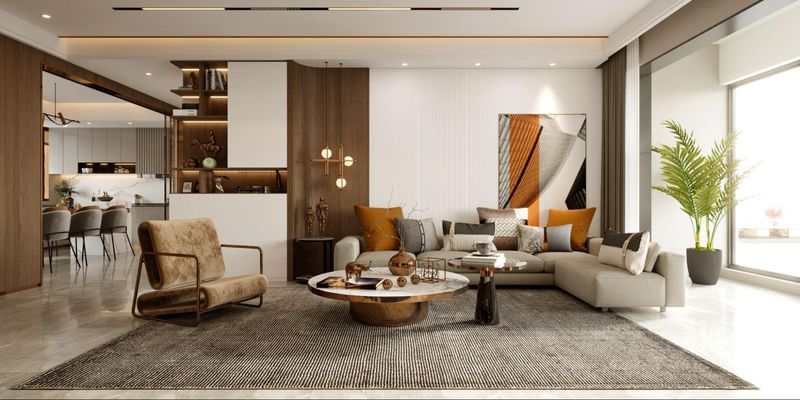
Craftsmanship reigns supreme in upscale homes. Even creative wealthy homeowners with DIY inclinations delegate execution to master craftspeople who ensure flawless results.
A client might design a special feature or select materials, but professional artisans handle implementation. This partnership approach delivers both personal meaning and impeccable quality that amateur execution simply cannot achieve.
13. Cheap lighting fixtures
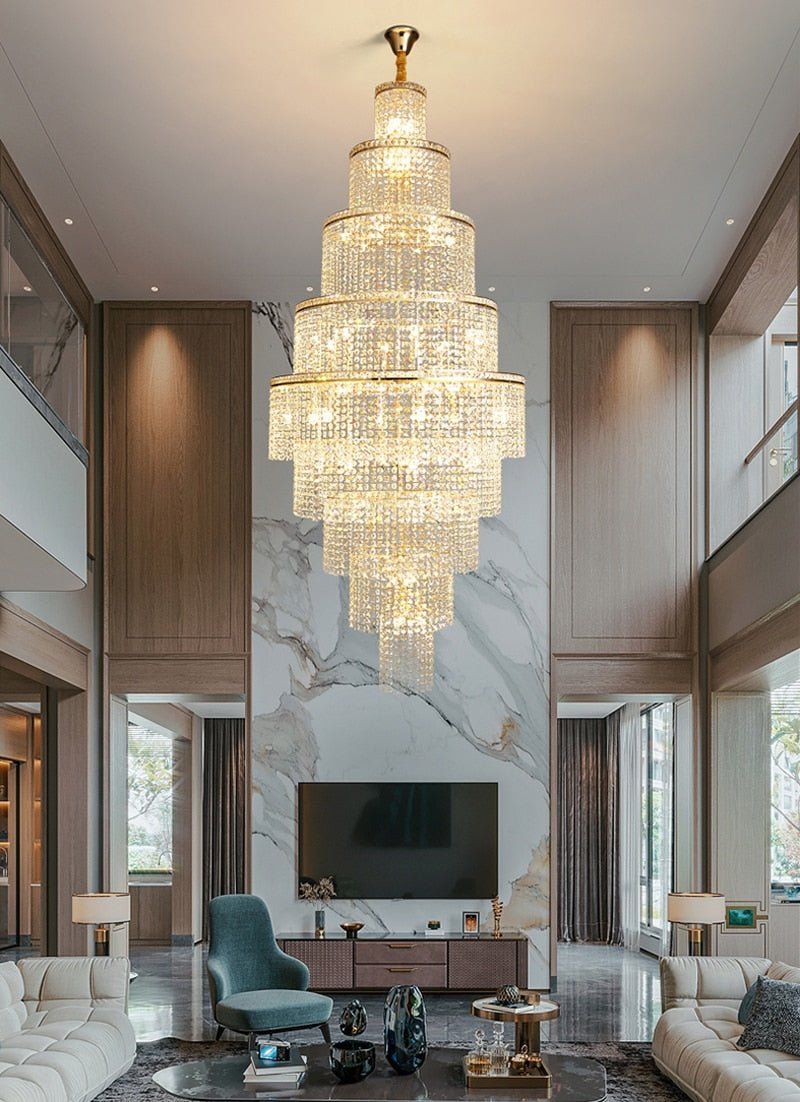
Lighting acts as jewelry in luxury homes, with statement fixtures from renowned designers or vintage treasures creating focal points throughout.
Beyond aesthetics, sophisticated lighting plans include multiple layers – ambient, task, and accent – controlled through programmable systems. Wealthy clients invest heavily in both fixtures and installation, understanding that proper illumination dramatically enhances architecture, art, and the overall experience of their spaces.
14. Overstuffed bookshelves without curation
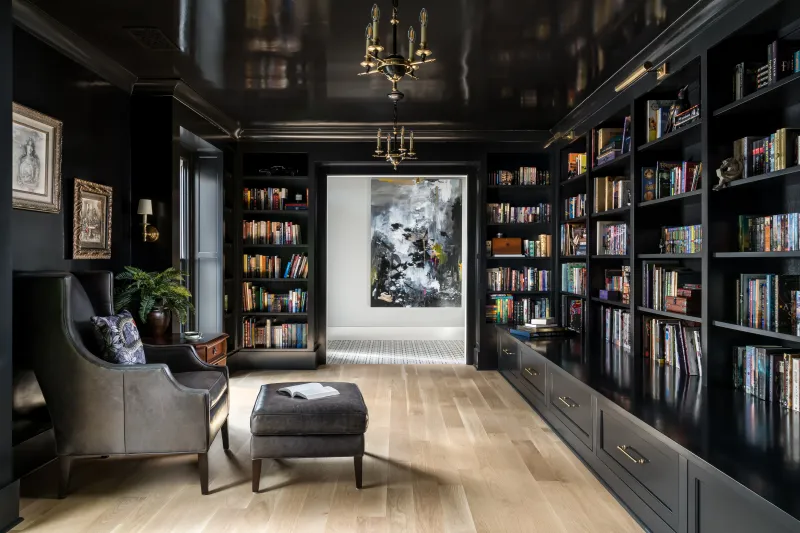
Books in wealthy homes tell stories beyond their pages. Carefully curated collections reflect genuine interests rather than decorative filler, often including rare editions or signed copies with personal significance.
Arrangement follows aesthetic principles – organized by color, size, or subject depending on the overall design scheme. Libraries function as intellectual sanctuaries with comfortable seating and proper lighting that invites actual reading rather than merely displaying volumes.
15. Overly busy wallpaper patterns
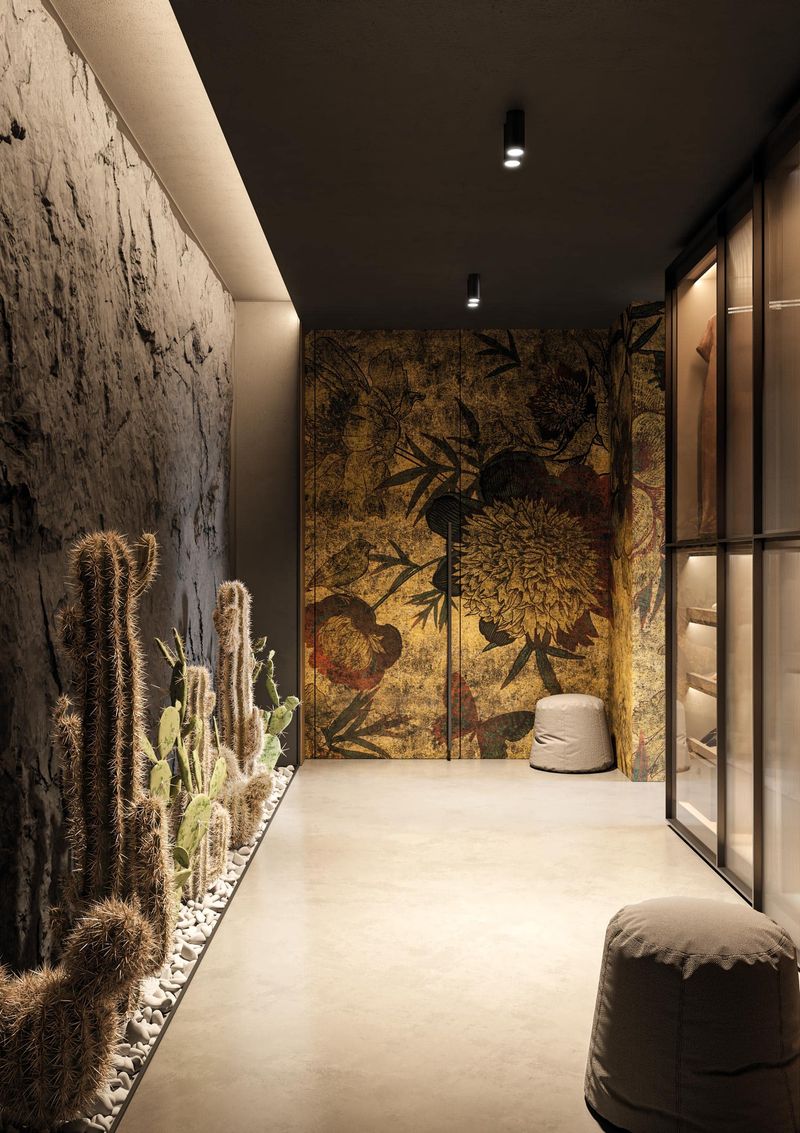
Restraint characterizes wall treatments in high-end homes. When wallpaper appears, it’s often hand-painted, silk-screened, or custom-designed specifically for the space.
Application follows thoughtful consideration – perhaps a single accent wall or ceiling treatment rather than overwhelming entire rooms. Wealthy clients select subtle textures or sophisticated patterns that create depth without dominating. Even bold choices maintain an underlying elegance that complements rather than competes with furnishings.
16. Mismatched hardware and finishes
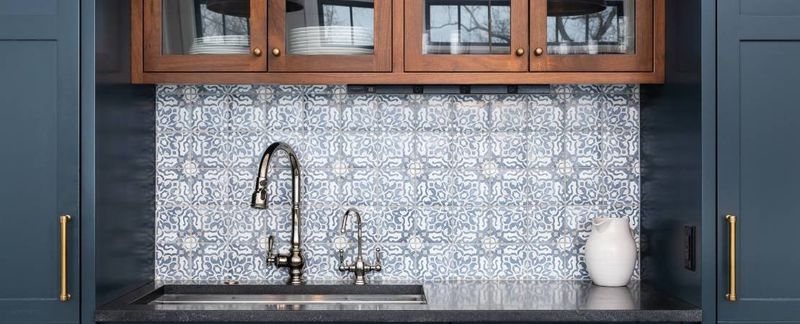
Continuity in metal finishes creates visual harmony throughout luxury homes. Door handles, cabinet pulls, plumbing fixtures, and even heating vents maintain consistent finishes – often custom-patinated to achieve precise results.
Mixing metals follows deliberate design intent rather than haphazard selection. Homeowners invest in replacing all hardware during renovations, understanding that these seemingly small details significantly impact the overall impression of quality and attention to detail.
17. Neglected maintenance or worn-out elements
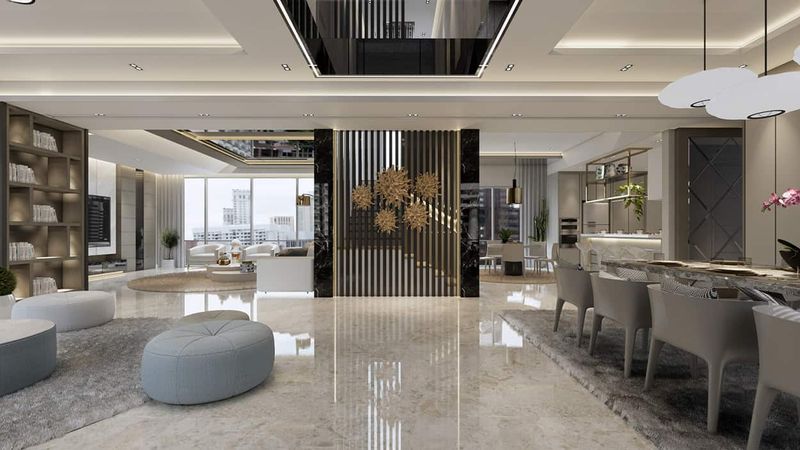
Impeccable upkeep separates truly luxurious homes from aspirational ones. Wealthy homeowners maintain rigorous schedules for refinishing, reupholstering, and refreshing spaces before visible wear appears.
Staff often handle daily maintenance, while specialists perform regular deep cleaning of everything from draperies to stone surfaces. Prevention rather than reaction guides this approach – addressing potential issues before they develop and immediately remedying any imperfections that might compromise the home’s pristine condition.

